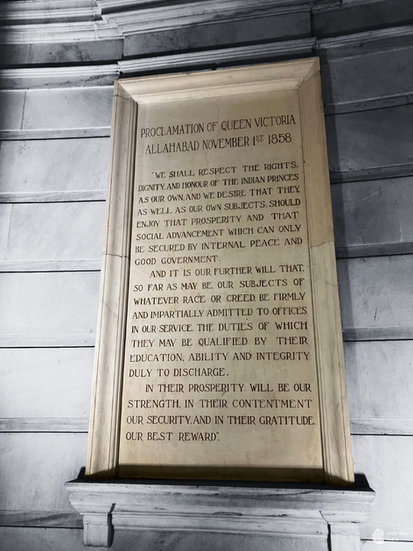CALCUTTA / KOLKATA / कलकत्ता! Whichever version you choose, its very mention evokes visions of a sprawling, bewilderingly complex metropolis, which fifteen million souls call home. This is the city of Tagore, of Ray, the Howrah Bridge, and the yellow taxis, where clichés have long transformed into legends and are now accepted by the rest of us as facts.

A City of Contrasts and Culture
It’s a city of strong opinions, where protests and high-decibel political oratory are the norm, where ‘adda’ is a verb, maidaan is a noun, and the river Ganga is called the Hooghly. A city where economists and quiz masters come from, and which is important enough to find a place with other “metros” on the Indian Monopoly board.
Normally, this would be sufficient to give any city a head start as a tourism destination. Strangely enough, in the crowded mind-space of the average Indian tourist, even though Calcutta is synonymous with culture and is dimly perceived as historically significant, it is never high up on the list of places one visits for leisure.
A City with a Rich Historical Heart
And yet, for the longest time, multi-cultural Calcutta was the beating heart of 18th and 19th century Asia. As the most important trading port city in this part of the world, it contains over three centuries of historical, architectural, and culinary heritage of the Parsis, Armenians, Europeans, Marwaris, Chinese, Biharis, Anglo-Indians, Bengalis, and many more who made Calcutta the first truly cosmopolitan megacity of Asia—a genuine cultural melting pot!
Magic in the Bylanes of Kolkata
So, we decided to take a closer look at it from behind the tinted glasses of the travel explorer, and to our delight, discovered in its bylanes, a world that is nothing short of magical. Consider this: a walk with a historian through the English necropolis at the Park Street Cemetery or the graveyard of St. John’s Church will read like a roll call of the founders of the British colonial world. A little distance away, iconic works of art by the likes of Johann Zoffany and the Daniells hang casually in the gallery of the Victoria Memorial, and gathering dust at the Indian Museum next door are priceless anthropological and zoological treasures that advanced human understanding of evolution of life itself. All of this and a dozen equally important buildings are packed within a neat square mile.
“For the curious visitor, there is so much to explore, that Kolkata seems to have a problem of plenty!”

Architecture, Art, and Awe at Every Corner
Everywhere we turn, we find something to gawk at—besides Calcutta’s jaw-dropping skyline.
Beautiful bridges span the Hooghly; some of the oldest five-star hotels, watering holes, and clubs in the country are still found here, along with museums, cathedrals, red-brick housing of the Bow Barracks, blocks of colonial-era buildings, Rajbaris of the Jagirdars, Jain temples, and terracotta temples and monuments without end.

Culinary Heaven and Shopping Delights
Even if your only interest is to eat and shop, Kolkata is heaven. Lavish home dining experiences, historic food joints, traditional Bengali meals, pan-Asian and Chinese cuisine, bespoke meals at Avadhi restaurants, famous hole-in-the-wall street food outlets, and countless sweet shops await you.
Iconic book fairs, festivals, artisan and potter clusters thrive within the city and on the periphery. Across the Bhagirathi River in the town of Ambika Kalna, you’ll find the exquisite craftsmanship of the terracotta temples and Rajbari of the Rajas of Burdwan, alongside the makers of muslin Jamdani sarees weaving intricate designs.

A Journey Beyond Kolkata
On the outskirts of Calcutta, in Little Europe, lie the remnants of European outposts—French at Chandernagore, Dutch at Chinsurah, Danish at Serampore, and the Portuguese at Bandel—where local scholars provide insights into the origins and mechanics of the colonial enterprise.
A short visit to the Tagore family’s ancestral home at Jorsanko Thakur Bari is like walking through the mind of a genius and a polymath. And if one is willing to spare a day or two more, a short train ride will take you to Shantiniketan and Murshidabad, which, I am happy to report, is a whole different world waiting to be discovered. But more on that later.










